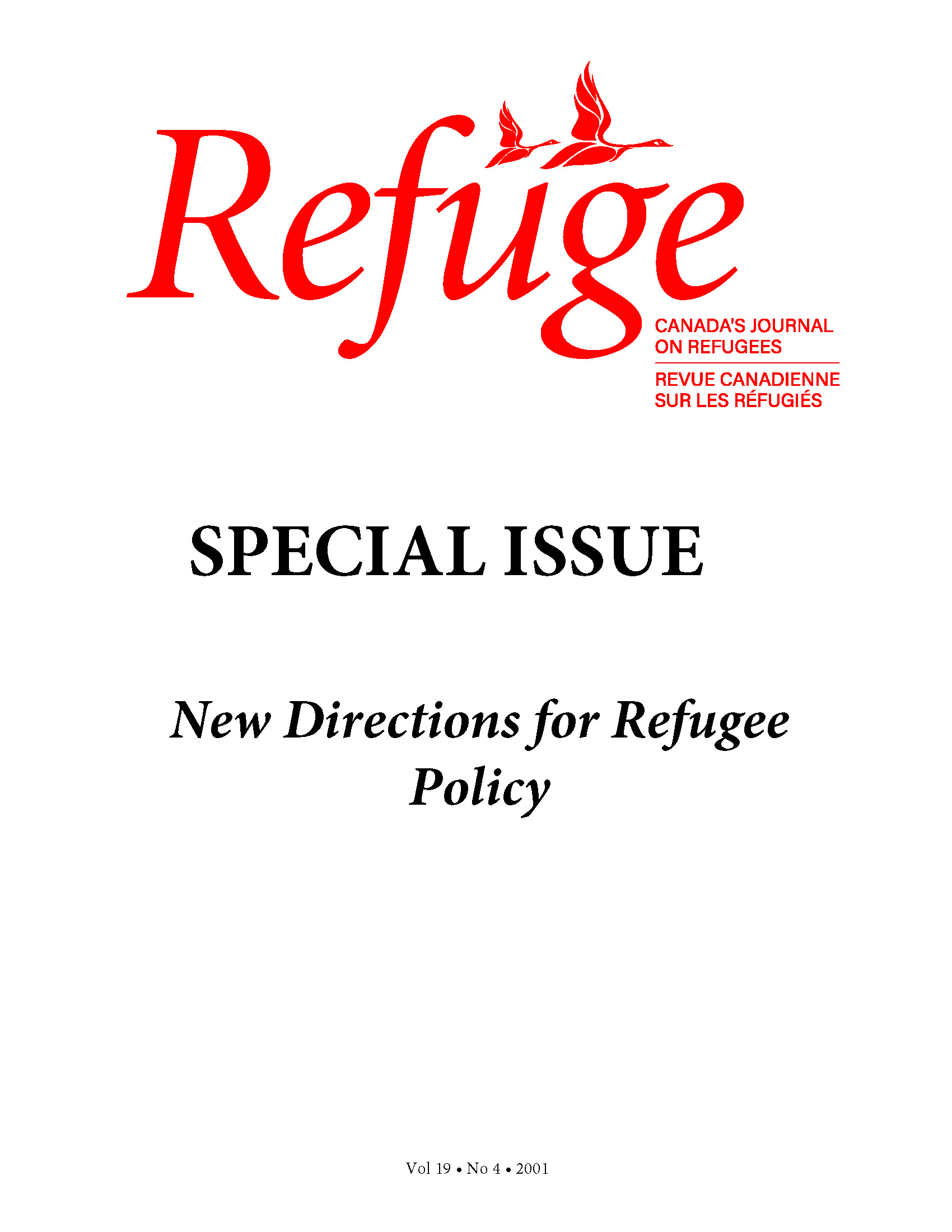Human Trafficking: Canadian Government Policy and Practice
DOI:
https://doi.org/10.25071/1920-7336.21210Keywords:
Canada, refugees, human trafficking, irregular migration, policy, border control, human rightsAbstract
A recent study undertaken by the authors (Oxman-Martinez and Martinez 2000) examined the Canadian government’s response to the traffic of human beings. Information from twenty-one government and NGO informants and a thorough review of state agency policies and international conventions revealed that trafficking and refugee movements have many links. The question raised by the Metropolis Project—Is clandestine entry to Canada a crime or a new form of migration?—is important, given that trafficking may be the only option available to legitimate refugees waiting to escape dangerous or oppressive situations. Rather than seeking to ease the migration of refugees or addressing the structural causes of trafficking or its social implications, however, Canada’s response is focused on the prevention of “irregular movements” (through immigration and border control) and prosecution of the few traffickers successfully apprehended. Preliminary evidence suggests that border control will fail to adequately address the exploitation of women, children, and men—often refugees— within our frontiers. The temporarily defunct Bill C-31 (with its measures to control the borders and restrict immigration) threatens the rights of refugees while doing little to prevent human trafficking, protect its victims, or prosecute those who profit from trafficking.
Metrics
Downloads
Published
How to Cite
Issue
Section
License
Copyright (c) 2001 Jacqueline Oxman-Martinez, Andrea Martinez, Jill Hanley

This work is licensed under a Creative Commons Attribution-NonCommercial 4.0 International License.
Refuge authors retain the copyright over their work, and license it to the general public under the Creative Commons Attribution-Non Commercial License International (CC BY-NC 4.0). This license allows for non-commercial use, reproduction and adaption of the material in any medium or format, with proper attribution. For general information on Creative Commons licences, visit the Creative Commons site. For the CC BY-NC 4.0 license, review the human readable summary.







